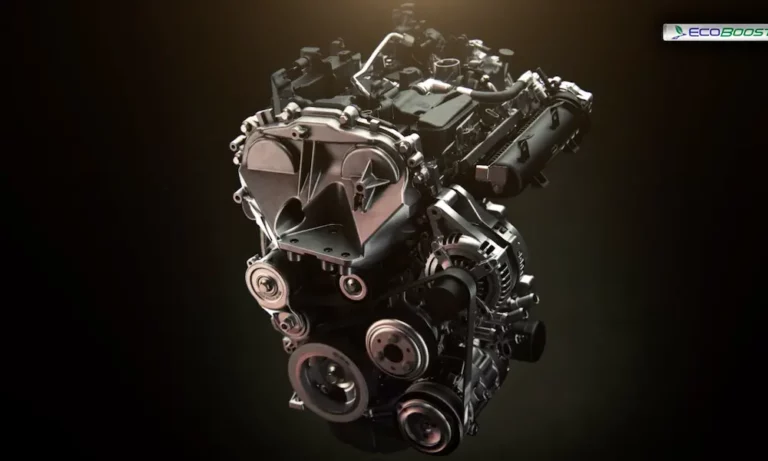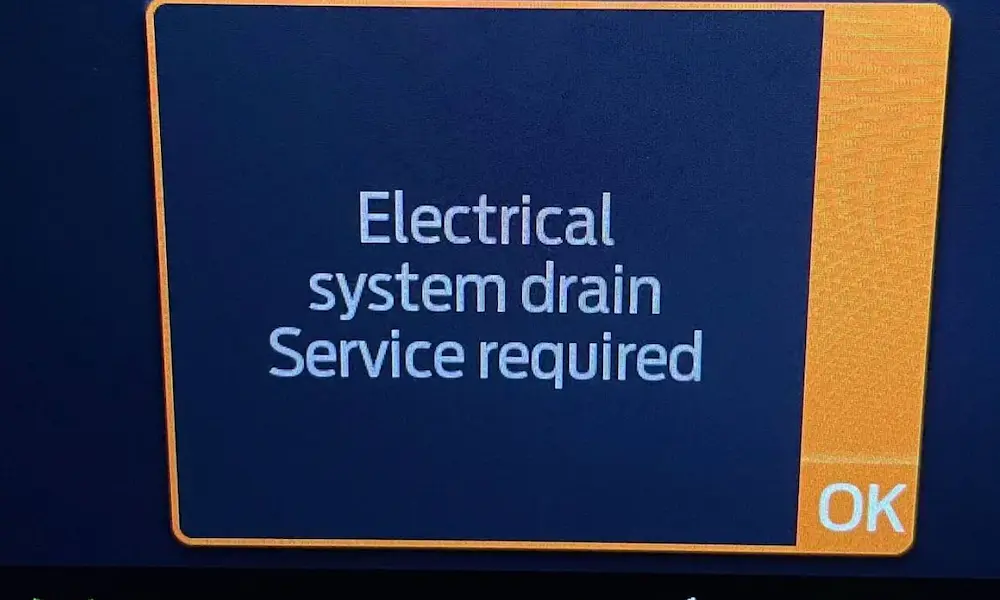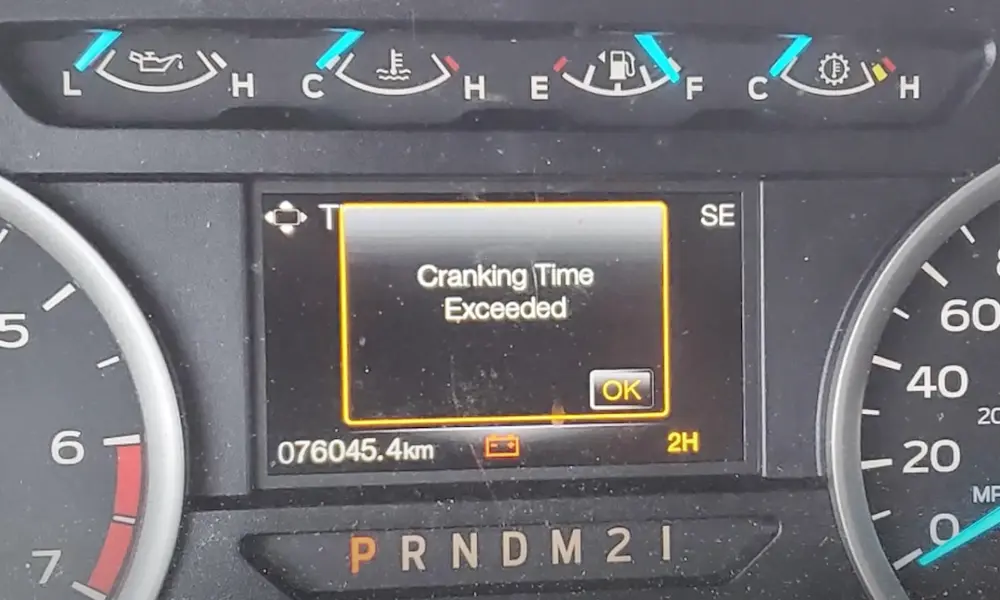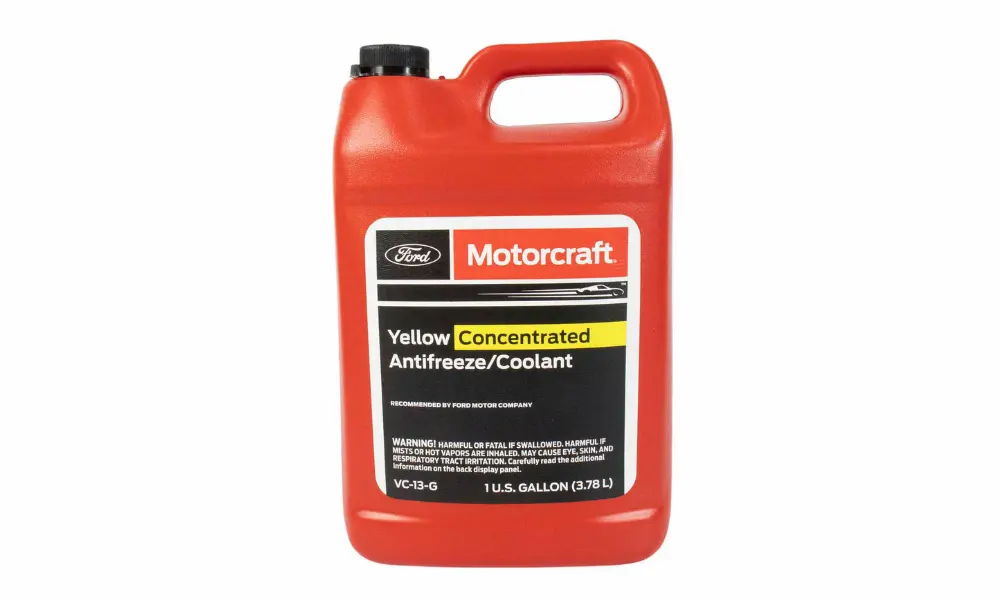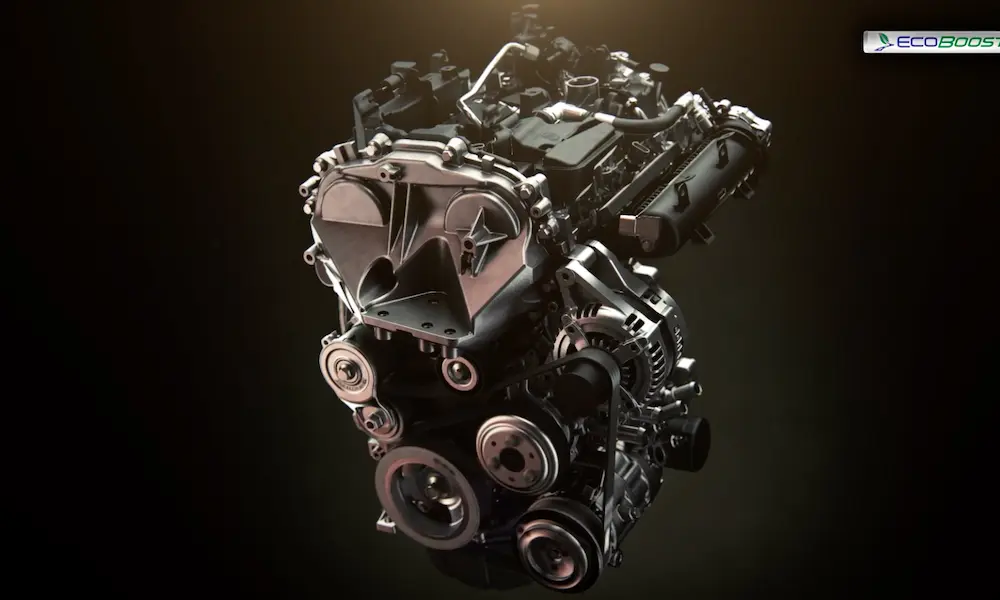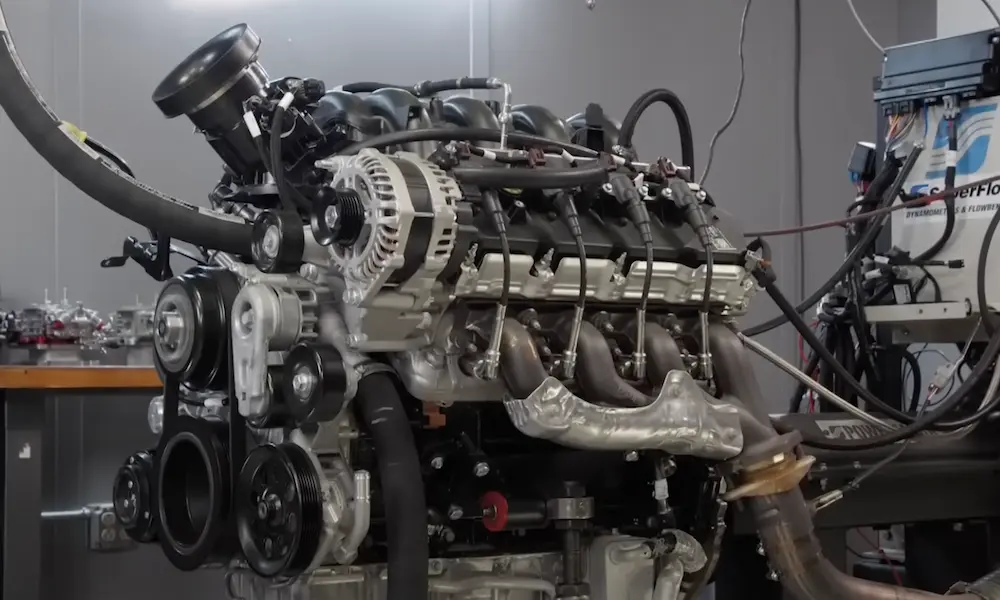Is your Ford with the 1.5 EcoBoost engine giving you trouble? You’re not alone. Many owners have faced issues with this small but mighty powerplant. The most common Ford 1.5 EcoBoost problems include cooling system failures, turbocharger issues, and fuel injector clogs.
Don’t worry though – we’ve got you covered. In this post, we’ll break down these problems and give you tips to keep your engine running smoothly. Stick around to learn how to spot warning signs early and save yourself from costly repairs down the road.
Ready to become a 1.5 EcoBoost expert? Let’s dive in and get your Ford back in top shape!
Overview of Ford 1.5 Ecoboost Engine
The Ford 1.5 EcoBoost engine is a compact and efficient powerplant that combines turbocharging with direct injection. You’ll find it in several popular Ford models, offering a good balance of power and fuel economy.
Design and Technology
The 1.5L EcoBoost is a turbocharged four-cylinder engine that uses advanced technology to boost performance. It features direct fuel injection, which sprays fuel directly into the cylinders for better efficiency. The turbocharger helps pack more air into the engine, increasing power output.
Variable valve timing is another key feature. This tech adjusts when valves open and close, improving both power and fuel economy. Ford designed this engine to be lighter and more compact than the older 1.6L EcoBoost.
The engine block is made of aluminum to keep weight down. This helps with fuel efficiency and handling in the cars it powers.
Performance and Fuel Economy
You’ll get a good mix of pep and efficiency with the 1.5 EcoBoost. Depending on the car model, it can produce between 148 to 158 horsepower. This gives you enough zip for daily driving and highway merging.
Fuel economy is a strong point. The exact numbers vary by car, but you can expect solid mpg figures in city and highway driving. The turbocharger allows for a smaller engine size without sacrificing power, which helps save fuel.
Acceleration is responsive, especially at lower speeds. You’ll feel the turbocharged power kick in when you need it. It’s not a sports car engine, but it provides good performance for most drivers’ needs.
Common Models Featuring the 1.5L EcoBoost Engine
You can find the 1.5 EcoBoost engine in several popular Ford models. The Ford Focus is one common choice, offering this engine in some of its trims. It provides a good balance of fun driving and efficiency for the compact car.
The Ford Fusion midsize sedan also uses this engine in certain versions. Here, it offers enough power to move the larger car while still maintaining good fuel economy.
Another model featuring this engine is the Ford C-Max. This hybrid-style vehicle uses the 1.5 EcoBoost to complement its electric powertrain, giving you extra range and power when needed.
These cars benefit from the engine’s compact size and efficiency, making it a versatile choice for different vehicle types and sizes.
Key Engine Problems and Symptoms
The Ford 1.5 EcoBoost engine has some common issues you should know about. These problems can affect your car’s performance and longevity if not addressed promptly.
Overheating and Cooling System Issues
Your Ford’s 1.5 EcoBoost might face overheating problems. This often stems from coolant leaks or a failing cooling system. Watch for:
- Rising temperature gauge
- Sweet smell from the engine
- Low coolant levels
- White smoke from the exhaust
If you notice these signs, check your coolant levels right away. Coolant leaks can lead to engine damage if left unchecked. Regular coolant checks are key to preventing overheating.
Turbocharger and Power Loss Concerns
The turbocharger in your 1.5 EcoBoost can sometimes cause issues. You might experience:
- Sluggish acceleration
- Reduced power output
- Whistling or whining noises
These symptoms often point to turbo problems. Turbo issues can stem from oil leaks, worn bearings, or clogged air intakes. Regular oil changes and using the right oil type can help prevent turbo failures.
Ignition and Fuel Injection Faults
Ignition coils and fuel injectors can fail prematurely in the 1.5 EcoBoost. Signs of these issues include:
- Engine misfires
- Rough running
- Poor fuel economy
- Check engine light
Faulty ignition coils can cause misfires and poor performance. Clogged fuel injectors lead to uneven fuel distribution. Both issues can hurt your engine’s efficiency and power output.
Oil and Coolant Leaks
Your 1.5 EcoBoost might develop oil or coolant leaks over time. Look out for:
- Puddles under your car
- Low fluid levels
- Burning smells
Oil leaks often come from worn gaskets or seals. Coolant leaks can occur in various parts of the cooling system. Regular inspections can help catch these leaks early.
Rough Idle and Misfire
A rough idle or engine misfire can be frustrating. These issues might be caused by:
- Faulty spark plugs
- Vacuum leaks
- Dirty fuel injectors
- Bad sensors
You might notice your car shaking at idle or hesitating during acceleration. These symptoms can indicate various underlying problems. Getting prompt diagnostics can help pinpoint the exact cause.
Maintenance and Upkeep
Taking care of your Ford 1.5 EcoBoost engine is key to keeping it running smoothly. Regular upkeep can prevent issues and save you money in the long run.
Routine Service Recommendations
You should change your oil every 5,000 to 7,500 miles. Use synthetic oil for best results. Check your owner’s manual for the right type.
Replace your air filter every 15,000 to 30,000 miles. A clean filter helps your engine breathe better.
Don’t forget about your spark plugs. Change them every 60,000 to 100,000 miles. Good spark plugs keep your engine running efficiently.
Check your coolant levels regularly. Top up if needed. This helps prevent overheating.
Here’s a quick checklist for you:
- Oil change: 5,000-7,500 miles
- Air filter: 15,000-30,000 miles
- Spark plugs: 60,000-100,000 miles
- Coolant check: Monthly
Dealing with Carbon Build-Up
Carbon build-up is a common issue in direct injection engines like the EcoBoost. It can cause poor performance and misfires.
You can prevent build-up by using top-tier fuel and doing regular oil changes. Driving at higher RPMs occasionally can help too.
If you notice rough idling or loss of power, you might have carbon build-up. In this case, you’ll need to clean your intake valves.
Walnut blasting is a popular method for cleaning. It’s best to have a professional do this.
When to Replace Key Components
Your turbocharger might need attention around 150,000 miles. Listen for unusual noises or loss of power.
Fuel injectors can clog over time. Look out for rough idling or poor fuel economy. You might need to replace them around 100,000 miles.
Keep an eye on your timing belt. It usually needs replacing between 60,000 and 100,000 miles.
Here’s a quick guide:
- Turbocharger: Check at 150,000 miles
- Fuel injectors: Around 100,000 miles
- Timing belt: 60,000-100,000 miles
Remember, these are general guidelines. Your driving habits and conditions can affect these timelines.
Legislative and Warranty Issues
Ford’s 1.5 EcoBoost engine has faced some legal and warranty challenges. These issues affect both car owners and the company itself.
Emission Standards and Taxes
You might be surprised to learn that emission standards can impact your 1.5 EcoBoost engine. In some countries, stricter rules mean higher taxes for certain engines.
In Europe and the US, emission standards are getting tougher. Your 1.5 EcoBoost might need updates to meet these new rules.
Warranty Details and Class Action Lawsuits
You should know about the warranty for your 1.5 EcoBoost engine. Ford usually offers a basic warranty of 3 years or 36,000 miles.
But there’s more. Some EcoBoost engines have been part of class action lawsuits. These legal actions claim engine defects and seek extended warranties or compensation.
If you own a Ford with a 1.5 EcoBoost, check if your car is part of any recall or lawsuit. You might be eligible for repairs or extended warranty coverage.
Keep an eye on Ford’s official communications. They often update warranty terms based on these legal actions.

